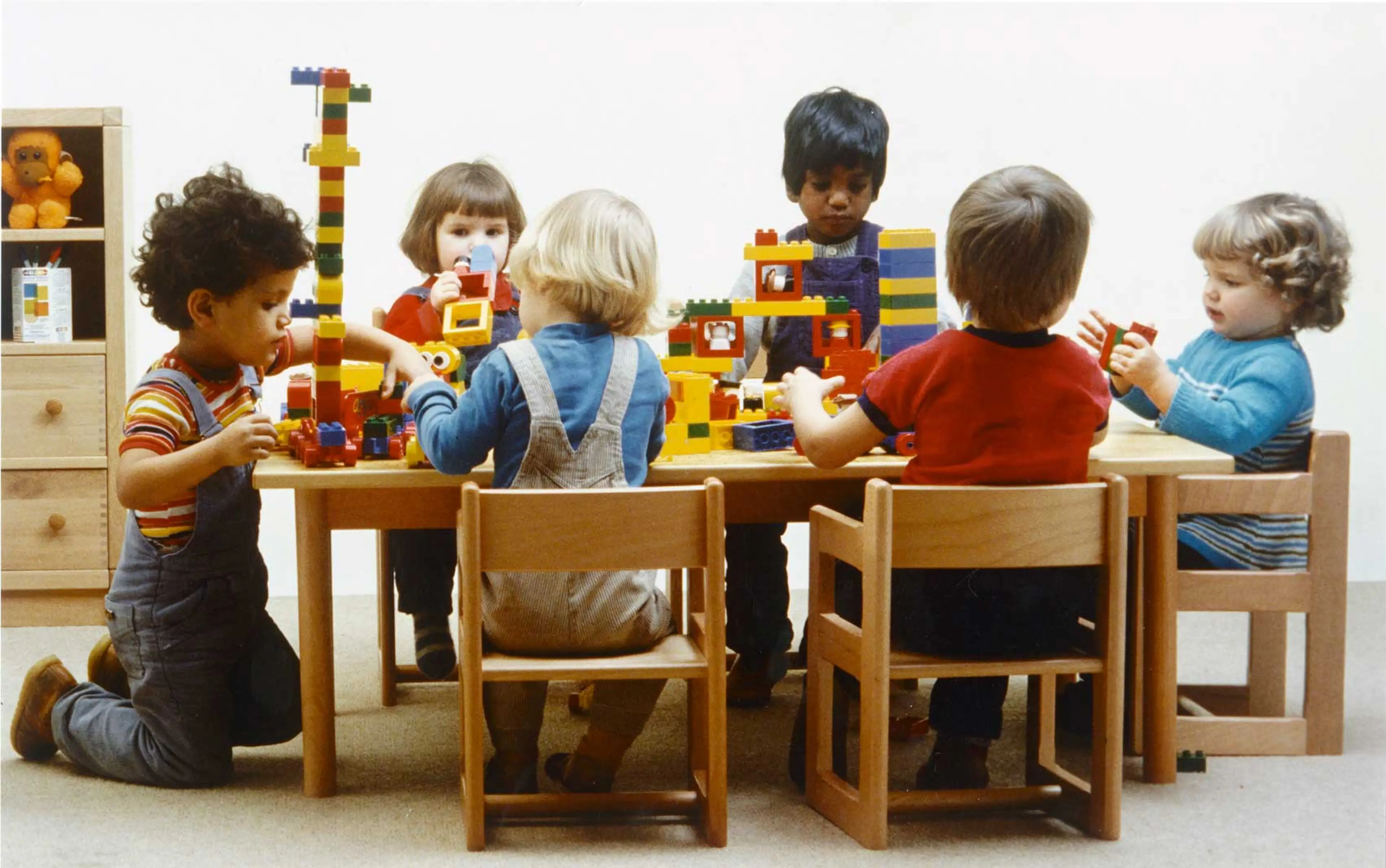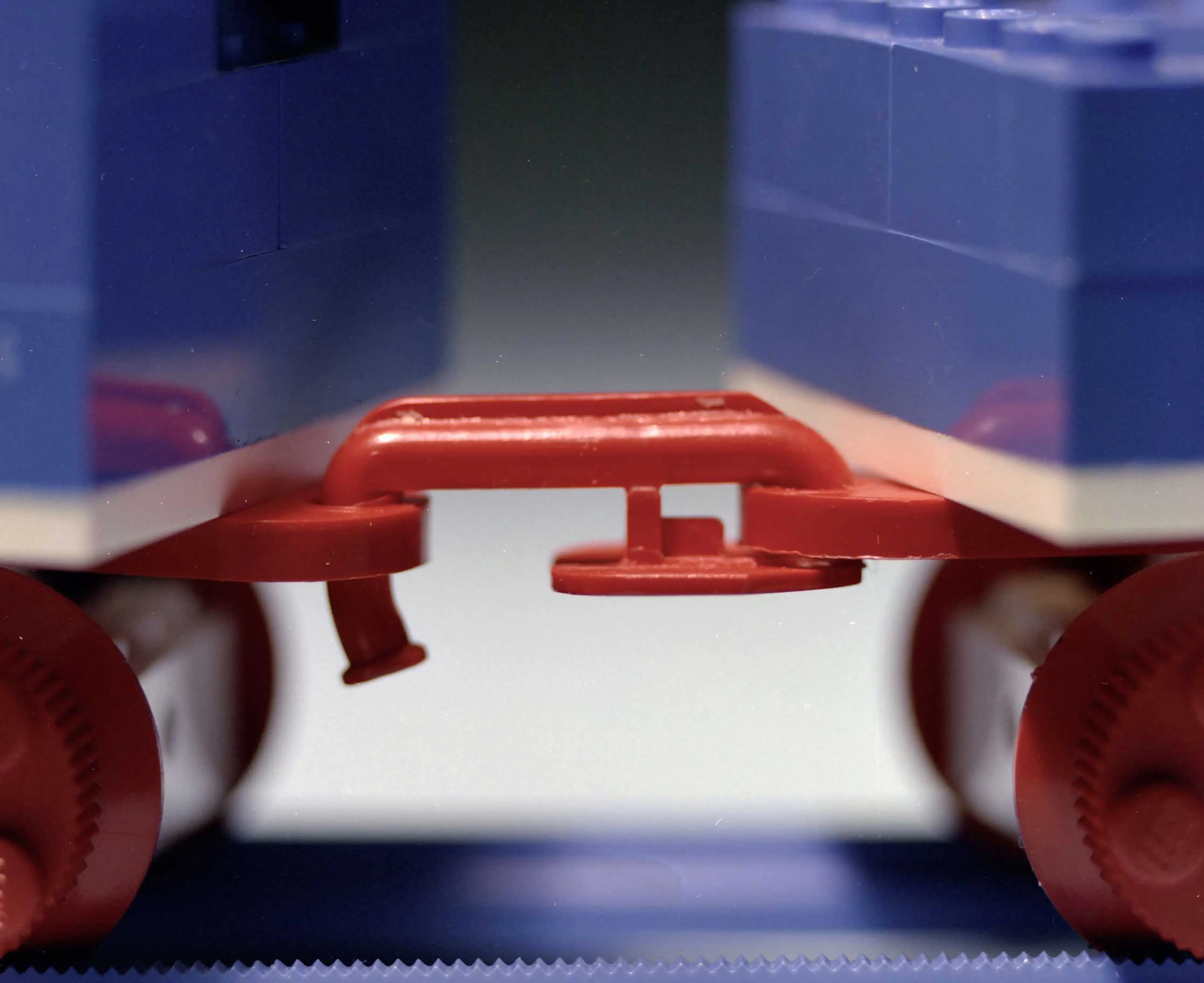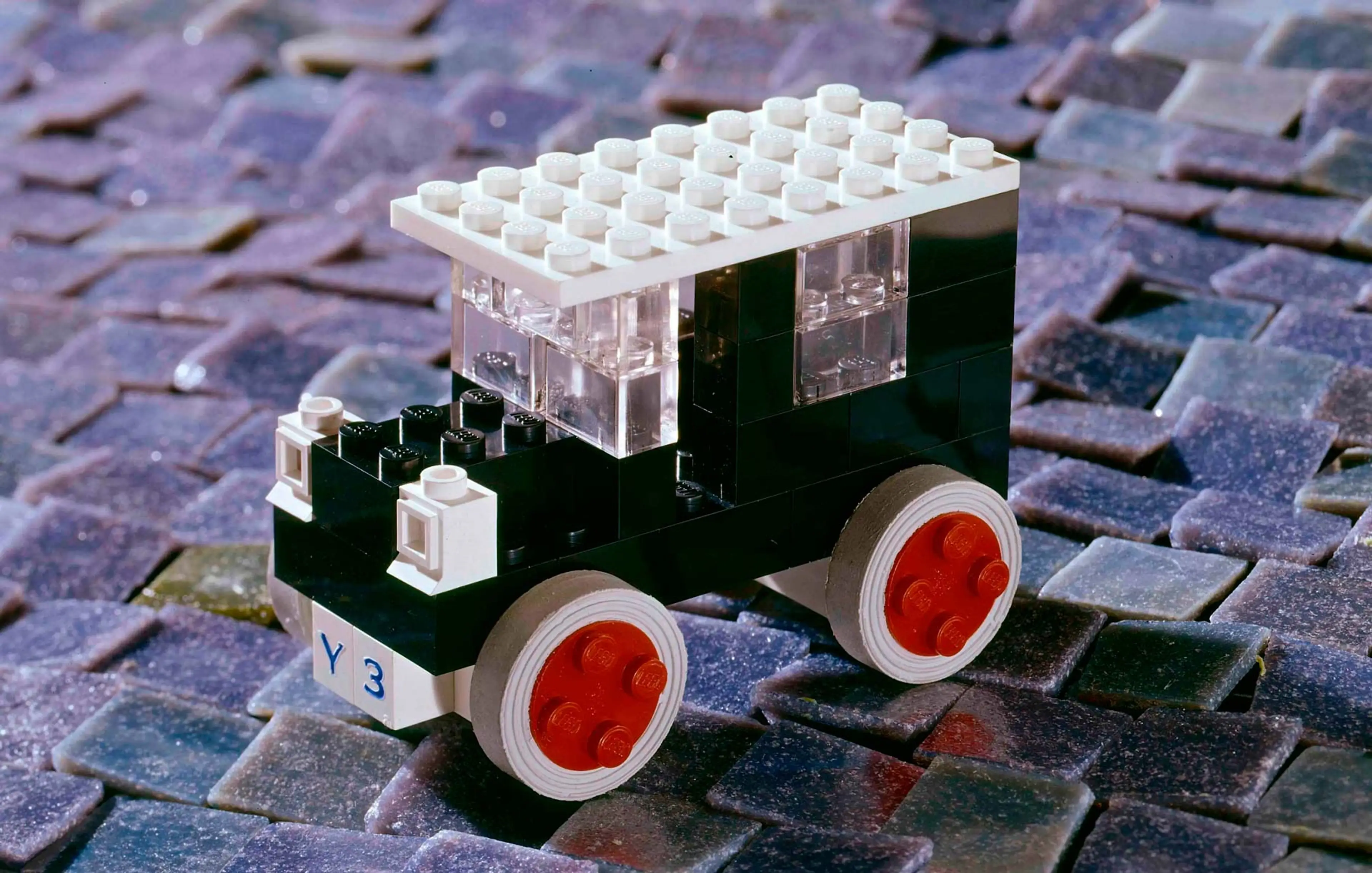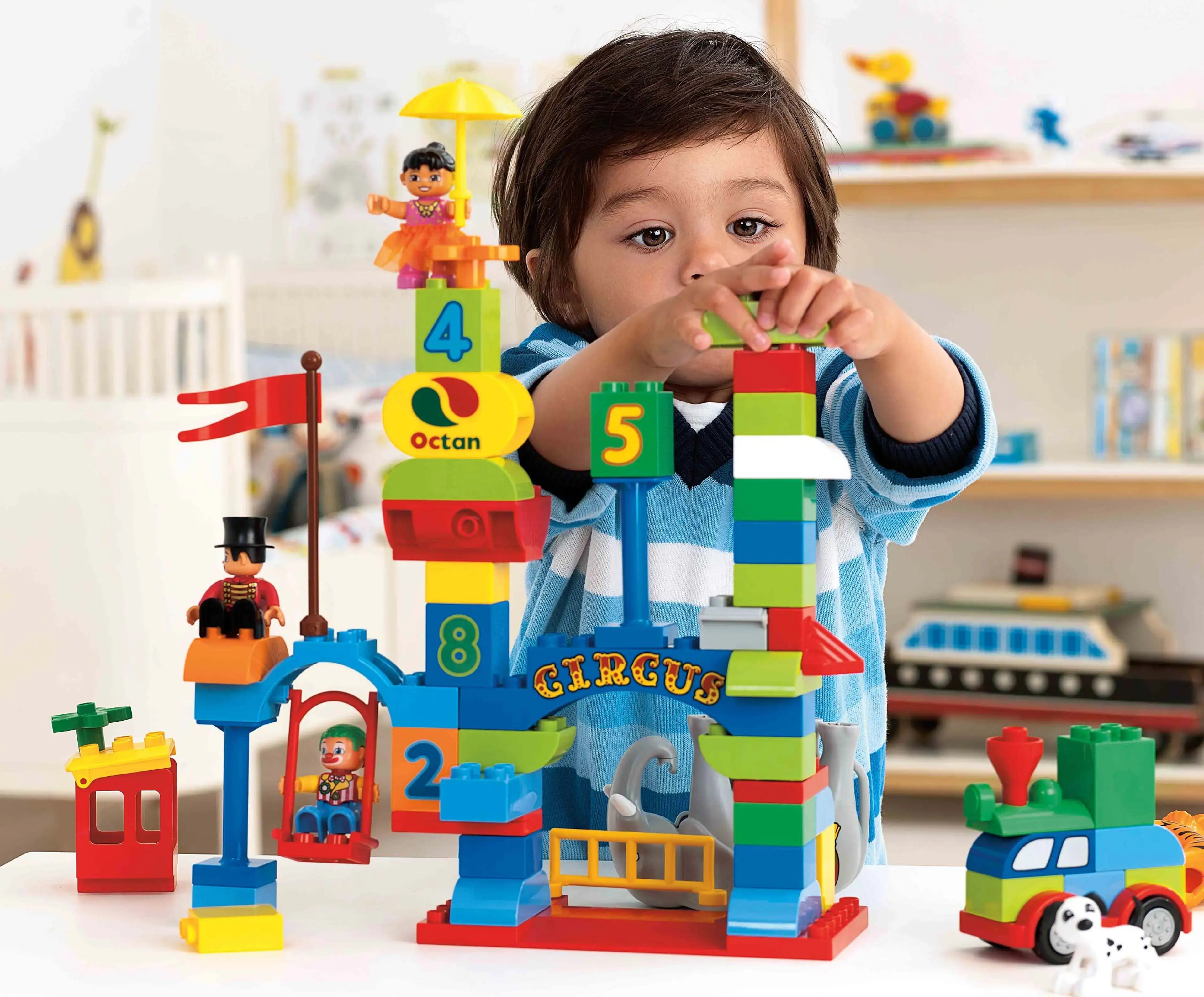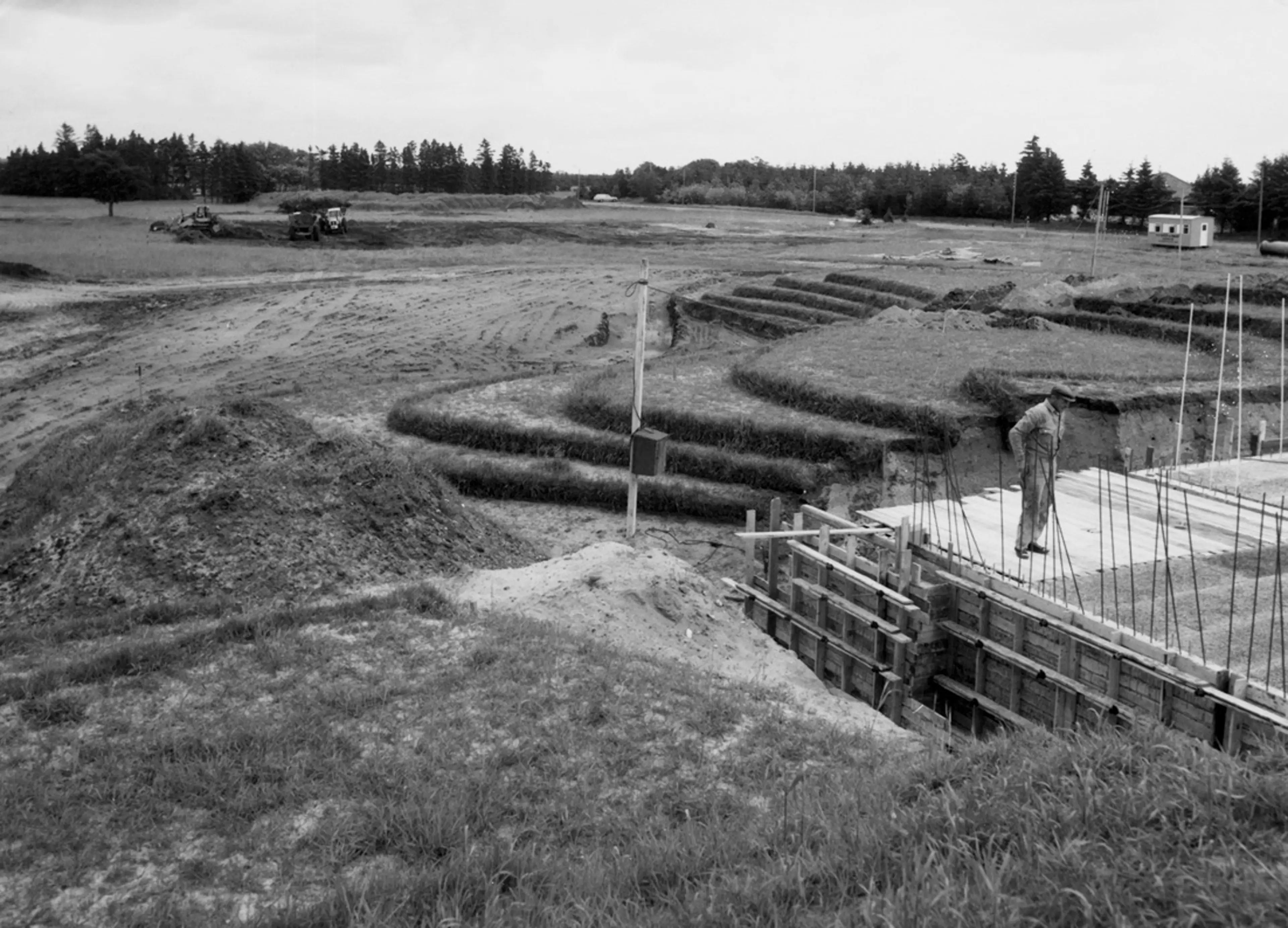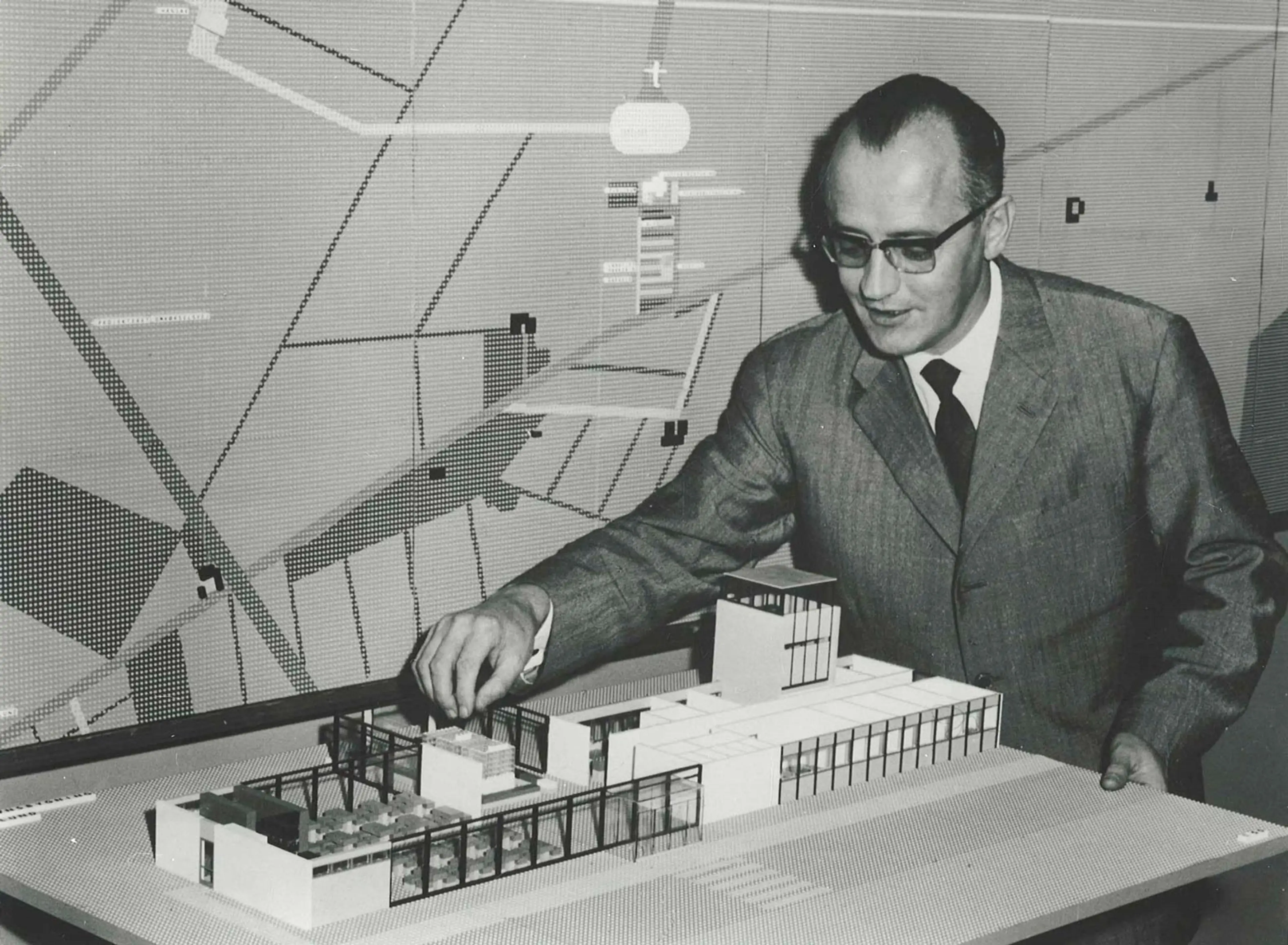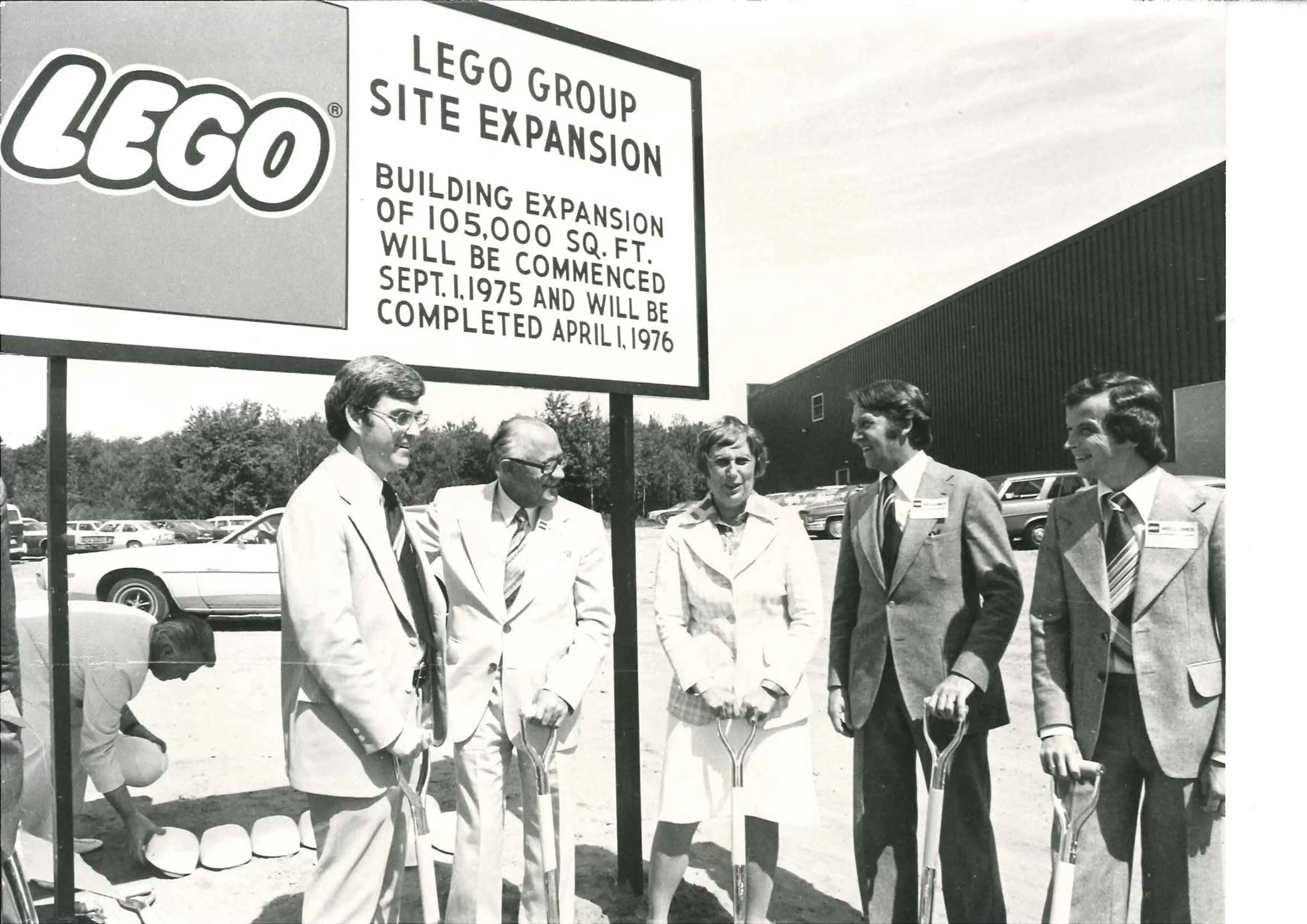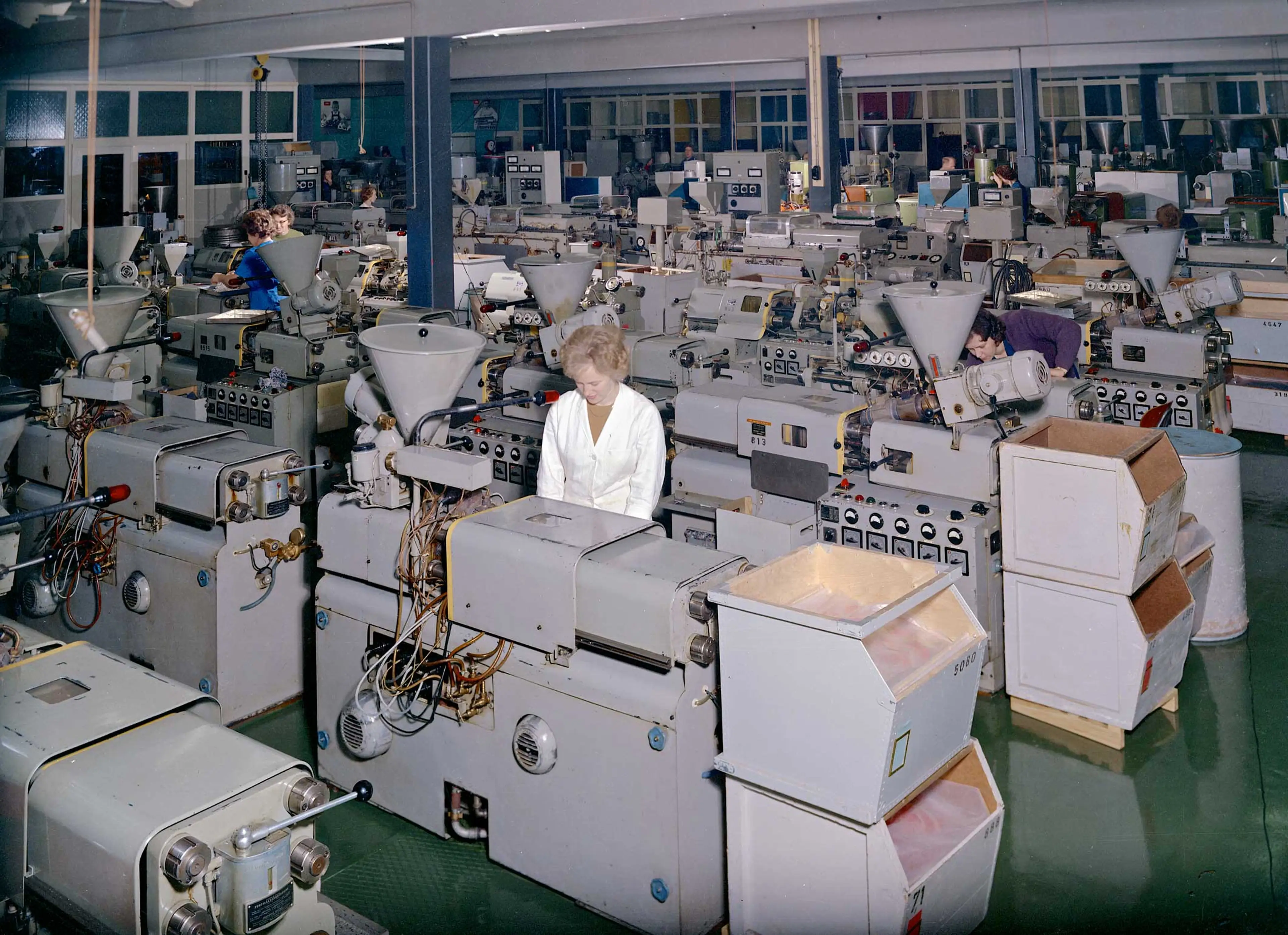From the late-1950s onwards the LEGO® system is becoming well established, and the market is ready for product differentiation. This means a need for more focus on product development.
LEGO Futura
A special product development department, LEGO Futura, is set up in Billund around 1959. Its employees are to concentrate on developing the product and testing their ideas together with children. LEGO Futura is organized as an independent unit, reporting directly to CEO and owner Godtfred Kirk Christiansen. Day to day management of the department is in the hands of Godtfred Kirk Christiansen’s assistant, Erik Tapdrup, who later becomes development director. A second development department is opened in Copenhagen in 1974.
In 1969, LEGO Futura sets up a test workshop. It lets designers transform their ideas into something tangible. The workshop makes manual samples and mini tools of brass for casting specimen pieces – a breakthrough in product development. It permits much more thorough sampling and testing before individual elements are released on the market.
One of the products developed by LEGO Futura is the first LEGO train with rails and a 4.5-volt motor launched in 1966. Development continues, and 1969 sees the arrival of 12-volt trains with power skid, powered rails and transformer.
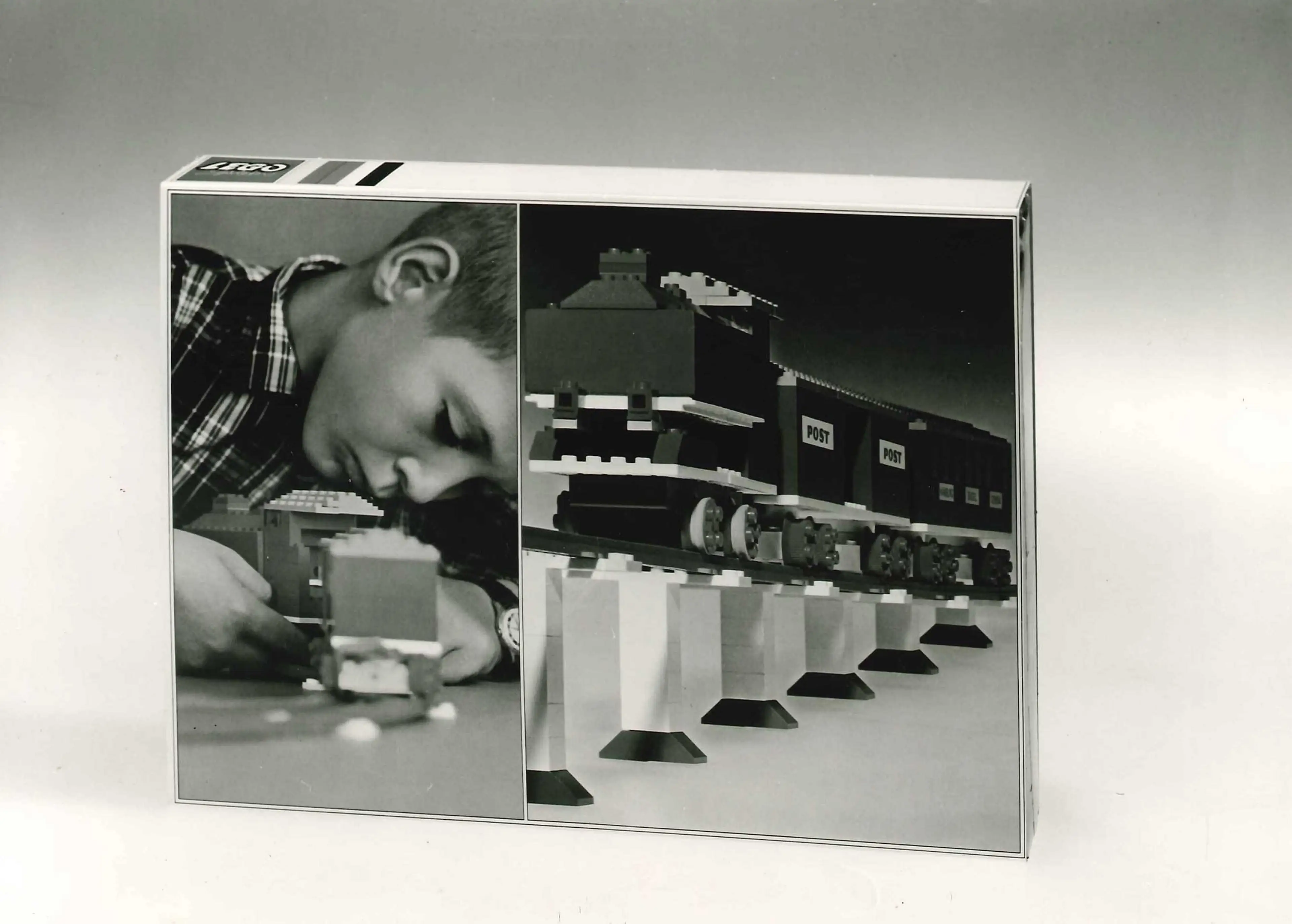
Set no. 113 from 1966
From basic elements to specialized elements
The LEGO Group wants to add a range of functions to its products. Trains and cars need to do more than just drive. Doll’s furniture has to have real cupboards and drawers. Older children look for a greater degree of realism – with age comes the demand that toys look like “the real thing”. The arrival of “special elements” bringing that natural appearance is the answer to what children are looking for. Surveys prove the point.
More demand for functions and realism prompts the establishment of an “element committee” whose job it is to safeguard the LEGO System’s basic idea. The committee submits each new element for examination to make sure it fits the LEGO System in Play. Most of the new specialized elements have a degree of flexibility. For example, a hinge or a cog can be used in many different connections appealing to children's imagination and creativity.
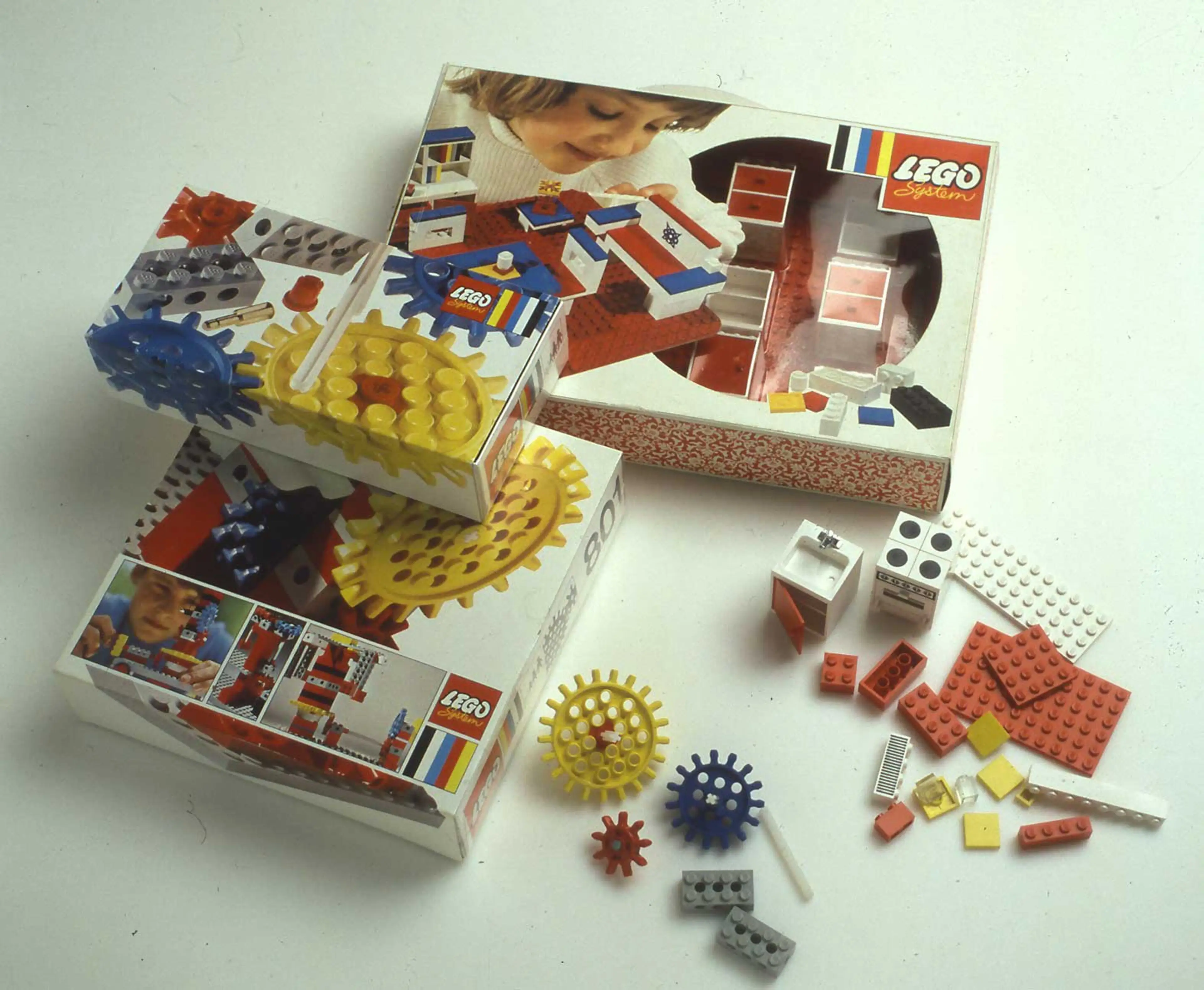
Set nos. 260, 801 and 802 portraying some of the special elements in demand
